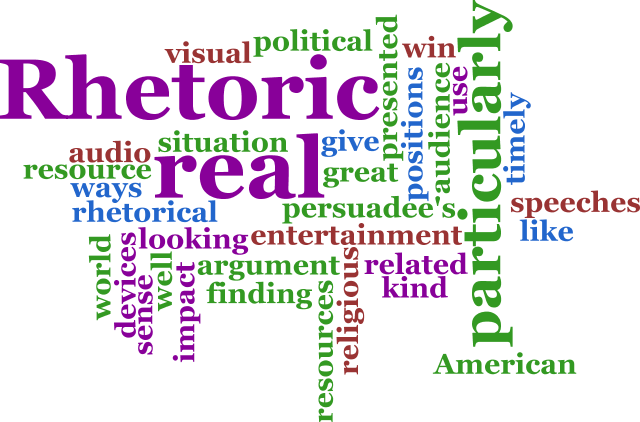- Hillsboro-Deering High School
- Mrs. Prentiss
- AP Language & Composition
English
Page Navigation
- English
- Links
- News
- #HDHSPride tweets
- 21st Century Learning Rubrics
- Core Values
- English 10 Vocabulary Videos
- English Department Competencies
- English Department Initiatives
- English Department Late and Retake Policy
- English Department Program of Studies
- Mr. Cousens
- Mr. Roth-Ritchie
- Mrs. Irwin
- Mrs. Paquette
- Mrs. Prentiss
- What to Read Wednesdays
-
AP Language & Composition

Welcome to AP Language & Composition.
What truly makes someone successful? Does the year—or month—you are born really matter? How are teachers like sumo wrestlers (other than the uses of muscles: intellectual or otherwise)? Is the American Dream dead—or is it alive and kicking? Is it possible to be a modern day transcendentalist? What is dumpster diving anyway, and what does it have to do with your life? What can you do for your country? Will serving babies for dinner really make poverty go away? All these questions—and more—will be answered during AP Language and Composition next year, if you are brave enough to take the challenge!
This course will probably be unlike any English course you have had in the past. We read a number of non-fiction books, speeches, and essays, although we follow parts of the traditional American Literature curriculum as well. However, much of what we do involves the study of rhetoric. What is rhetoric? Quite simply, rhetoric is the art of speaking well; it is the art of persuasion.
Think you don’t need to know how rhetoric works? Think about the last time you asked your parents to buy you a car. Or at least borrow theirs. Or the time that you attempted to convince your teachers not to give you homework. Or the moment you asked your crush to go out with you. We use rhetoric all the time, and the more skillful you are at learning—and using—rhetoric, the more likely you are to be successful in getting what you want.
Course Competences: (focusing on the Common Core for Language Arts):
After completing AP Language & Composition, students should be able to
- Read and comprehend complex literary and informational texts for key ideas and details.
- Read and analyze complex literary and informational texts for key ideas and details.
- Write effectively using different types of texts appropriate to purpose and audience.
- Use the writing process to produce and publish clear and coherent pieces of writing.
- Demonstrate command and control of the conventions of standard English when writing or speaking.
- Determine and apply the meaning of words and phrases.
- Initiate, integrate, and evaluate the exchange of information, and present information through strategic use and appropriate means.
College Board Curricular Requirements:
C1: The course teaches and requires students to write in several forms (e.g. narrative, expository, analytical, and argumentative essays) about a variety of subjects (e.g., public policies, popular culture, personal experiences.)
C2: The course requires students to write essays that proceed through several stages or drafts, with revision aided by teacher and peers.
C3: The course requires students to write in informal contexts (e.g. imitation exercises, journal keeping, collaborative writing, and in-class responses) designed to help them become increasingly aware of themselves as writers and of the techniques employed by the writers they read.
C4: The course requires expository, analytical, and argumentative writing assignments that are based on readings representing a wide variety of prose styles and genres.
C5: The course requires nonfiction readings (e.g., essays, journalism, political writing, science writing, nature writing, autobiographies/ biographies, diaries, history, criticism) that are selected to give students opportunities to identify and explain an author’s use of rhetorical strategies and techniques. If fiction and poetry are also assigned, their main purpose should be to help students understand how various effects are achieved by writers’ linguistic and rhetorical choices.
C6: The course teaches students to analyze how graphics and visual images both relate to written texts and serve as alternative forms of texts themselves.
C7: The course teaches research skills, and in particular, the ability to evaluate, use, and cite primary and secondary sources. The course assigns projects such as the researched assignment paper, which goes beyond the parameters of a traditional research paper by asking students to present an argument of their own that includes the analysis and synthesis of ideas from an array of sources.
C8: The course teaches students how to cite sources using a recognized editorial style (e.g., Modern Language Association, The Chicago Manual of Style, etc.).
C9: The AP teacher provides instruction and feedback on students’ writing assignments, both before and after the students revise their work, that help the students develop these skills:
- a wide-ranging vocabulary used appropriately and effectively.
- a variety of sentence structures, including appropriate use of subordination and coordination.
- logical organization, enhanced by specific techniques to increase coherence, such as repetition, transitions, and emphasis.
- a balance of generalization and specific, illustrative detail.
- an effective use of rhetoric, including controlling tone, establishing and maintaining voice, and achieving emphasis through diction and sentence structure.
News
-
Summer Reading for APE June 2016
Read either Freakonomics or SuperFreakonomics & complete the attached assignments
-
AP Lang Summer Reading 2016
Read The Martian. Then choose either Freakonomics or SuperFreakonomics & complete the summer assignments listed on this page.
Calendar
There are no upcoming events to display.

